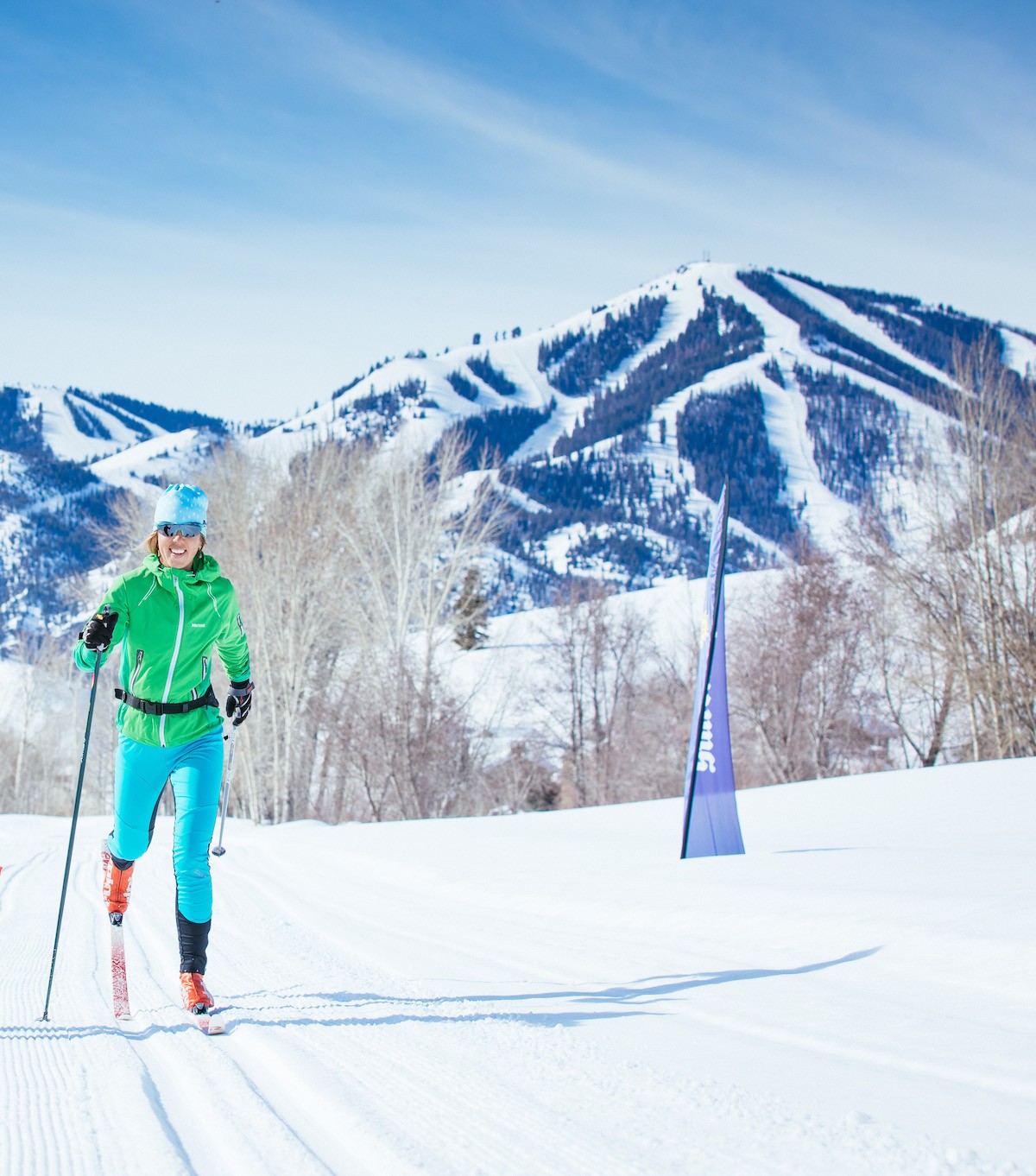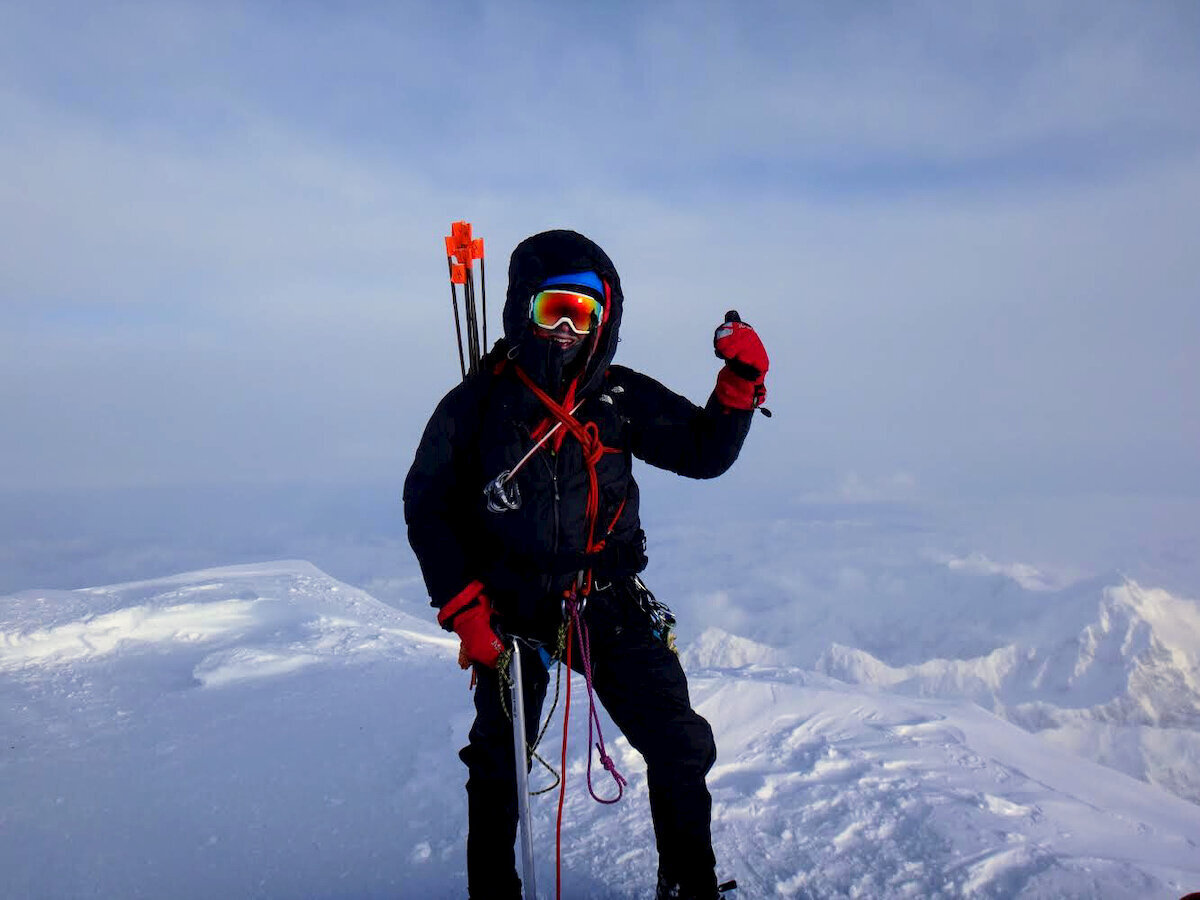
Nordic skiing is an excellent way to get outside and enjoy the winter season. It can be a challenging, rewarding experience that will take your to new places, allow you to connect with nature and keep you in shape.
Skiers of all levels can enjoy cross country skiing. They have excellent traction and are light and simple to maneuver.
Track cross-country skis
A pair of track-cross country skis will be the best option if your preference is to ski on groomed trails. These skis have a narrow profile and a "kick area," which help to grip the snow when you shift your weight.
These skis were designed to glide quickly and are ideal for anyone who lives near or has access to groomed Nordic trails. These skis are ideal for all levels of skiers who desire the best aerobically active striding experience and gliding experience.

Adventure Cross Country Skis
Adventure cross country skis can be a safer choice if your skis are susceptible to damage and can handle more difficult terrain. These skis are thicker than traditional or skate skis and allow you to bind your whole foot or let your heels free for more movement.
Telemark Cross-Country Skis
Telemark crosscountry skis will allow you to enjoy the backcountry, as well as improve your skiing skills. These skis are similar to alpine touring skis, but they have a more robust design and a boot system that allows you to bind your feet for both uphill and downhill exploration.
They can also bend and bend under your foot when you move forward, making them more flexible than other ski styles. This flexing allows the skis to grip the snow and create a solid foundation of traction. This gives you confidence to push off.
Cross-country ski pole straps can be anything from simple webbing loops to more complex systems with hook-and–loop fasteners or quick-release mechanisms. It is essential to choose a length that suits your height so you can comfortably use it with your boots.
Glide wax for cross-country skis reduces friction between the base of the ski and the snow. This makes it easier to glide down the trail without worrying about slipping. Kick wax is also possible, depending on which ski you have.

These skis can be used for a variety purposes, including simple stride and glide techniques as well as more complex step turns and turn by turn directions. They are also used to race cross-country, which are usually organized by national associations and cover different distances.
Cross-country skiing competitions are open to all levels of ability and can include races over short or long courses. Cross-country ski competitions are a popular choice for those looking to exercise, socialize and escape from the everyday stress. It's also popular with people with disabilities. You can connect with nature by getting outside.
FAQ
What snacks are allowed on an airplane?
You have many options for snacks to take with you when flying. It is a good idea to bring along any food you love while you travel.
If you love chocolate, for example, you might want some chocolates and other treats like biscuits and crisps.
Perhaps you want something savory? You could pack some crackers or cheese.
You should also consider what kind of drinks you would like to have on board. Maybe you prefer hot or cold drinks?
Be sure to pack all snacks and drinks securely.
This way, you won't need to worry about them getting damaged during travel.
Should I buy travel insurance?
Travel insurance is essential for anyone who plans to go on an adventure. In fact, you should make sure that you get cover for all types of adventure sports.
You should make sure you have insurance if you ski. You should also look into getting coverage for things like theft, loss, and damage.
Consider purchasing cancellation coverage. This will allow you to cancel your holiday with no penalty.
Additionally, it is a good idea to ask for emergency evacuation coverage. This covers being evacuated off the mountain in an emergency such as an avalanche.
Where should I store my luggage?
There are many options. Most people use airport lockers. These lockers are located in the vicinity of the security area. These lockers cost $5-10 per day depending on their size.
You could also rent a storage facility. These units are commonly found outside shopping centers or large hotels. Although prices vary, some places offer discounts for multiple units that are rented together.
You can also hire a porter. A porter will transport your luggage from the carousel into your room. Each time he assists you, a small fee will be charged.
Are there any cheap accommodations available for travelers who are traveling abroad?
You can find cheap accommodation in hostels, hotels and guest houses as well as bed & breakfasts.
Hostels come at a low cost and offer rooms in dormitory-style accommodation where guests share bathrooms with one another.
Hotels are located in tourist areas and offer private rooms with en suite bathrooms.
Although they look similar to hostels in that they have smaller rooms and more people sharing each one, guesthouses can be quite different.
Budget-conscious travelers love bed and breakfasts. The guests stay in their own homes and receive a full breakfast as part of the stay.
Statistics
- They're also likely to offer babysitting services, in case you'd like to have dinner one night after 7 p.m. (travelandleisure.com)
- Case in point: the private island of Ilha Caldeira, less than seven miles off the coast as part of the Primeiras and Segundas Archipelago, is located within the marine-protected area with 20 percent of the country's intact living coral. (travelandleisure.com)
- According to Maori legends, this park holds 14 fjords that were all carved by a giant stonemason with an adze. (busytourist.com)
- Pack sweaters, jackets, and underwear in reusable compression bags creating up to 75% more space in your luggage. (wikihow.com)
- No Checked Bags: No Alcoholic beverages with more than 70% alcohol (over 140 proof), including grain alcohol and 151 proof rum. (tsa.gov)
External Links
How To
How to plan for your next holiday
Planning a trip includes many things such as booking flights, hotels and car rentals. It also includes important considerations such as budget, schedule, destination, weather forecast, etc.
These points should be kept in mind while you are planning your next holiday.
To ensure you get everything right, we have created a step-by-step guide to help you plan your next vacation. This guide was compiled based upon customer feedback and experience. This guide will help you plan your next vacation easily.
Steps:
-
Plan your Budget. This is one of the most important steps to prepare for a trip. Before you start to think about where to go or what to do, it is important to determine how much money you have available for your trip. If you don't have the money, your plans may be cancelled.
-
Book Flights – After setting your budget, you must book your flights. You should ensure that you get the best deal possible at the lowest price. Make sure to check for special offers during peak seasons. These deals could help you save a lot of cash.
-
Pick Your Destination. Once you've booked your tickets, the next step is to decide where to travel. Multiple factors will play a role in choosing the destination you choose, such as location (wherever you are), climate (what season), culture (how friendly and affordable it is), cost (how affordable it can be) and cost.
-
Finding Accommodations - Once you have chosen your destination, it is time to find accommodations. There are many choices for accommodation. You can choose from affordable hostels or luxury suites. Your needs and preferences will determine the type of accommodation that you choose. For example, staying in a hotel may not be ideal if you're looking for a place close to the city center. You may prefer quieter areas away from the crowds and a homestay could be better suited for your needs.
-
Select Activities & Attractions: Now that you have selected your accommodation, it is time to decide which activities and attractions to include in the itinerary. Depending upon the length of your stay you have two options: choose just a few activities, or add many more to your itinerary.
-
Determine your schedule - After you've chosen the attractions and activities that you would like to include in your itinerary, it's now time to create it. It is important to stick to a schedule in order for maximum enjoyment of your trip. It's okay to be flexible and enjoy your vacation more.
-
Make an itinerary - This is where you include all details about your trip. Write down all details about your trip, including flights, accommodation, activities, and restaurants.
-
Research Online – Before you go on your trip, make sure to research online. You can read reviews and testimonials about other destinations to get their opinions. This will allow you to plan your trip accordingly.
-
Avoid Overpacking - Too many clothes can make packing a nightmare. Do not bring more than three sets of clothes. Wear clothing that is appropriate for the climate you are visiting.
-
Be prepared. Before you leave for your trip, make sure that everything is in order. Don't waste time searching for important documents in transit.